Contents
Hopping on a motorcycle and going for a long road trip with nothing but the breeze brushing past is an experience quite unlike any other—until you run out of gas and have to push your bike to the nearest station. This is not an uncommon occurrence because, despite continued advancements in motorcycle technology, many bikes are still manufactured without a fuel gauge. If this is the case with your bike, can you add a fuel gauge aftermarket?
You can put a fuel gauge on a motorcycle. Many different types of fuel gauges can be used, with the simplicity of installation and degree of effectiveness in measuring fuel varying significantly between products.
Although it is possible to put a fuel gauge on a motorcycle, it is not always a worthwhile endeavor. This is why some manufacturers decide not to include a fuel gauge when assembling the bike. Due to the small size of most motorcycle gas tanks and the amount that the fuel sloshes around, it can be difficult for fuel gauges to depict the tank’s remaining gas accurately.
Putting a Fuel Gauge on a Motorcycle
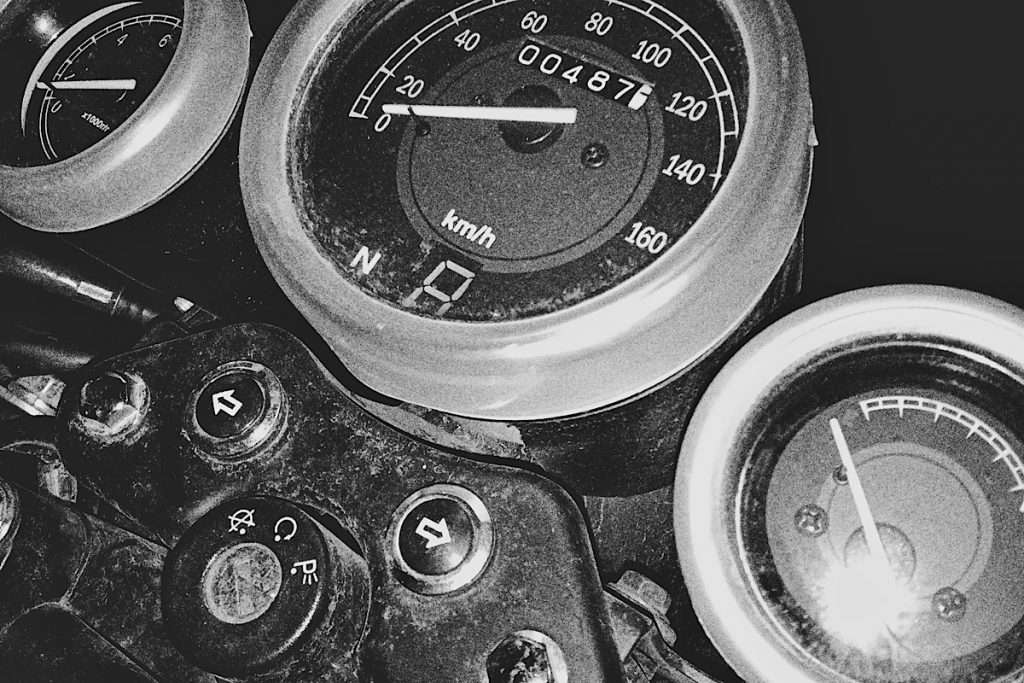
Adding a fuel gauge to a motorcycle can either be a relatively simple or complex project. Either way, you will be manipulating your bike’s fuel tank in some way. You may be required to drill holes in the gas tank to incorporate the system, so it is essential to know what you are doing and properly prepare before attempting the installation.
When looking to add a fuel gauge to a motorcycle, you will likely choose between a simple fuel hose kit that can give you a visual representation of the amount of fuel left in your tank or a more complex electrical system that gives you a digital or gauge-based reading of the remaining gas. The following breakdown will provide a general description of what each system entails:
Fuel Hose Kit
This is the simplest way to install a fuel gauge on your motorcycle. In the strictest sense, it is not really a gauge but rather a hose that allows you to see the physical fuel level remaining in your tank. There is no monitor reading that gives you the fuel level while riding the bike, so you have to be parked and looking at the hose to get a true indication of the fuel level.
With that said, Billet Proof Designs offers a highly popular and effective fuel hose kit that can help you measure the fuel level in your motorcycle at an affordable cost. The components of the fuel hose kit include:
- Fuel hoses: The hoses come in standard clear or yellow tygon. They are translucent to allow the rider to see where the fuel sits inside the hose. They are also guaranteed by the company to never crack or cloud over, with replacements offered in the event that they do.
- Elbows: The elbows are the components inserted into the fuel tank and connected to the fuel hose on the outside. There will be two elbows inserted into the fuel tank (one at the top, the other at the bottom), with the hose connecting in between. The elbows are offered in either brass or nickel-plated brass to prevent corrosion from the fuel.
- Bungs: Bungs are the fittings that go over the elbows to help seal them to the tank and prevent fuel from seeping out as it enters the hose. The bungs can be made of either aluminum or steel and are offered in a flange or flush-mount style, with the flush-mount bung pulling the elbow into the tank a bit more so that the joint does not protrude as much on the tank’s exterior.
- Tension clamps: This system uses a stainless steel constant tension clamp to ensure that the fuel hose remains tight to the elbow at both ends. The clamps help mitigate wear on the hose as fuel leaves that elbow and enters the hose.
The process for mounting this fuel hose kit to your motorcycle’s gas tank is incredibly straightforward. However, you will want an experienced welder to help make sure the process goes smoothly, as you will need to drill holes into your empty gas tank to insert the elbows and weld the bungs to the exterior of the tank to ensure that it remains in place.
Once the system is installed and the gas tank is full, fuel levels can be ascertained by seeing where the fuel sits through the translucent hose. While simple and effective, the downside is that the motorcycle must be parked to get an accurate reading.
Electrical Fuel Gauge Kits
If the basic fuel hose kit is a bit rudimentary for your taste, and you prefer a system that allows you to view your fuel levels on a gauge while riding, there are some aftermarket options available.
No products found.
No products found.
While there will be some variations between products, most systems designed for bikes that were manufactured without a fuel gauge include:
- Sending unit: This component intakes fuel and gets a reading of how much gas is left in the intake, based on the fuel intake pressure. It then converts this reading to an electrical signal and uses the electrical wiring to send this information to the gauge.
- Gauge: This will typically attach to your bike’s handlebars and displays the fuel level in either an analog or digital output. Whatever the output method, it uses the electric signal from the sending unit, and a motor in the gauge is tripped to give the reading.
- Hose: This will be installed between the fuel line and carburetor and allows the sending unit to intake fuel and gain a reading before it is ultimately used by the motorcycle.
- Electrical wiring: This will connect to the fuel level sending unit and power on the back end, with the front end connecting to the fuel gauge.
- Hardware: This includes hose clamps and cable ties, as well as a velcro pad to attach the sending unit to the bike.
- Installation manual: As this process is much more involved with many more potential issues that could influence the bike’s functionality than a simple fuel hose kit, detailed instructions and warnings will be included with any electrical fuel gauge kit.
While some helpful videos and resources can help you install these types of systems, it may be best to work with a custom bike shop to ensure the best results and prevent damage to your bike’s functionality. It is also important to note that not all electrical systems are compatible with all types of bikes, so be sure to check on this before beginning installation.
Issues with Fuel Gauges on Motorcycles
Whether your motorcycle comes with a gauge installed by a manufacturer or you install one yourself aftermarket, motorcycle gauges are not always guaranteed to be accurate. This is why some manufacturers simply bypass having one installed in the first place.
The culprit behind this is the motorcycle’s relatively small tank compared to automobiles (even large motorcycles have tanks of only about 6.3 gallons). Because any shifting or displacement of fuel represents a larger overall percentage of the tank’s capacity in motorcycles than in cars, fluctuations on the gas gauge can be quite dramatic.
In fact, any sloshing or displacement that occurs when riding the motorcycle uphill or around sharp curves can cause the fuel gauge to dance, making it best to take a reading when the bike is parked on flat ground; this brings the utility of a fuel gauge into question.
How to Measure Fuel in a Motorcycle without a Gauge
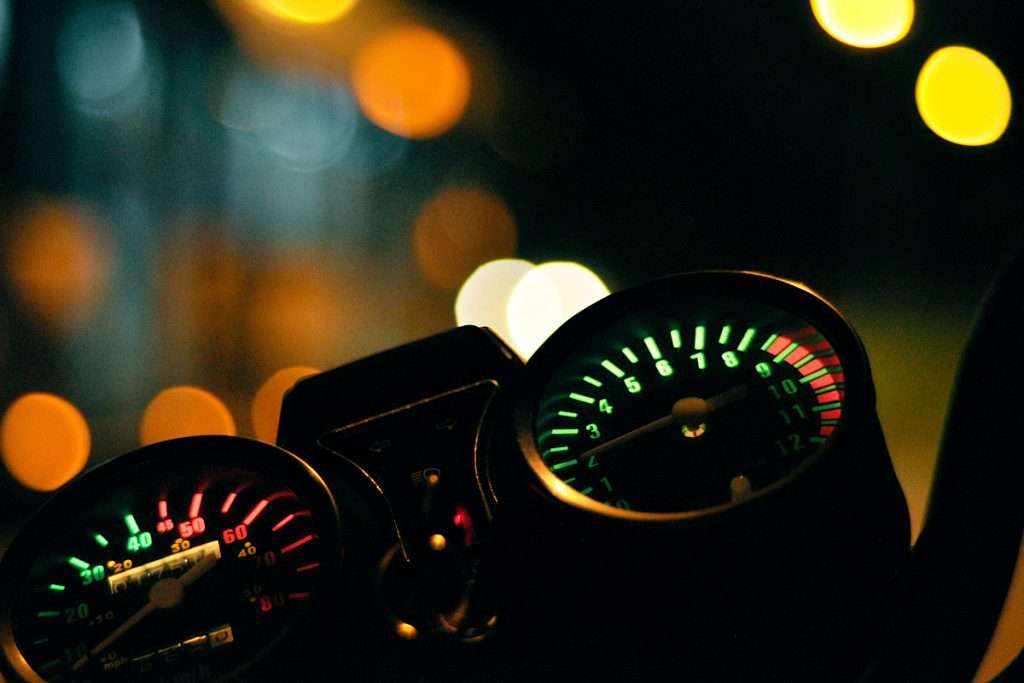
The safest way to measure fuel in a motorcycle is by calculating mileage. As most bikes will get about 35 miles per gallon, this means that a standard 6-gallon tank will last just north of 200 miles before a fill-up is required.
If you have lost track of the number of miles on your tank, some bike owners also shake their bike slightly to listen for fuel levels or shine a flashlight to see if any fuel is visible.
Conclusion
It is possible to put a fuel gauge on a motorcycle. Several gauge systems can be used, all of which differ in price, simplicity, and effectiveness. Due to some issues that can influence the accuracy of fuel level readings on motorcycles, it is still a good idea to regularly check the mileage on each tank to ensure that you never run out of gas.

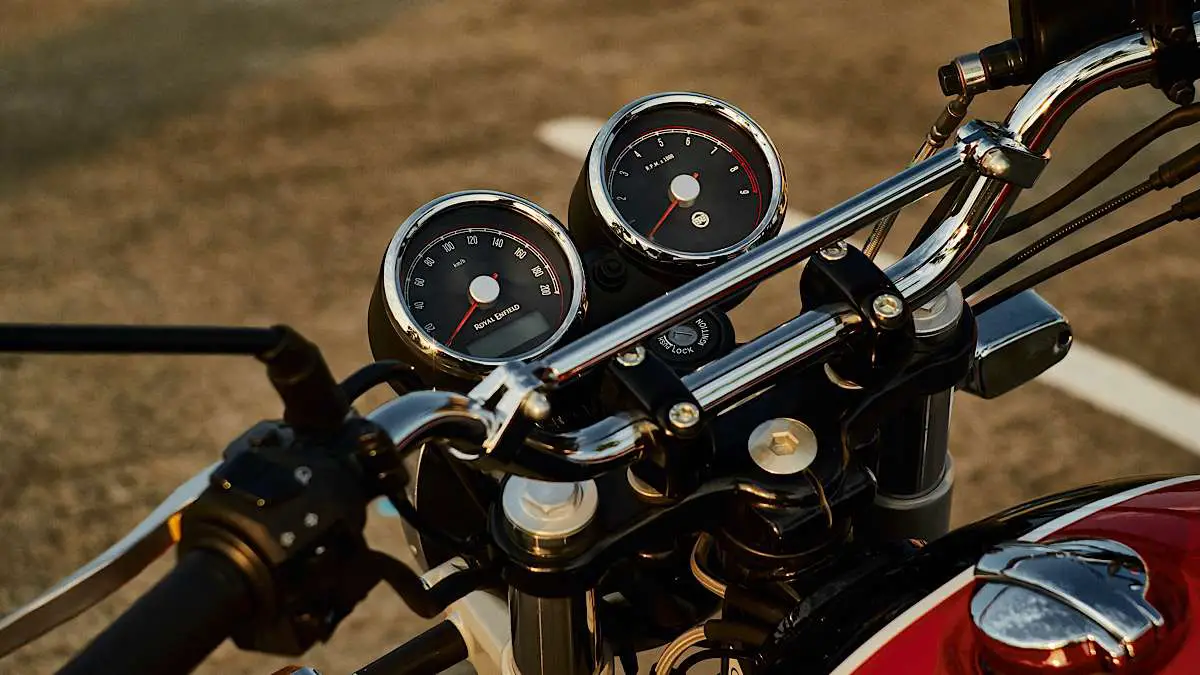

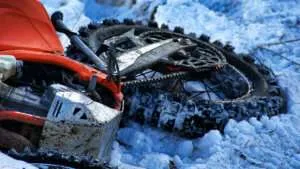 So You Dropped Your Bike and It Won’t Start, Now What?
So You Dropped Your Bike and It Won’t Start, Now What? 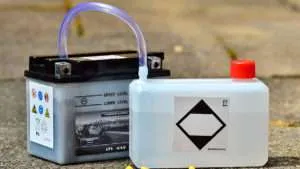 Is Your Motorcycle Battery Dead? 8 Symptoms to Look For
Is Your Motorcycle Battery Dead? 8 Symptoms to Look For 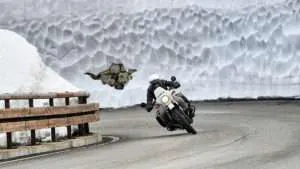 Do Heated Motorcycle Gloves Work?
Do Heated Motorcycle Gloves Work? 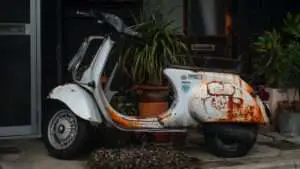 Do Motorcycle Covers Cause Rust?
Do Motorcycle Covers Cause Rust?